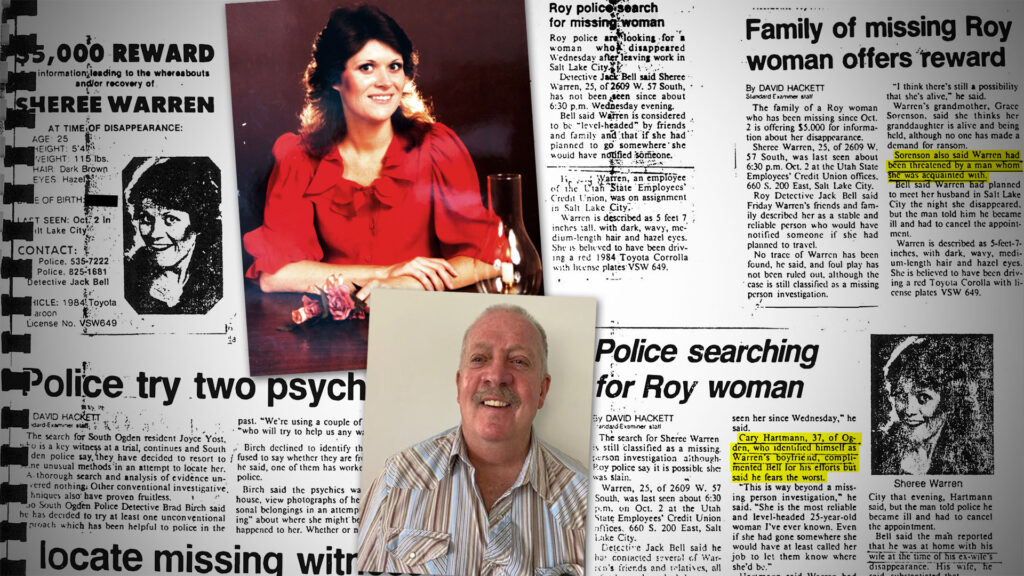The photo scanner tucked under my arm tipped precariously toward the concrete. A power cable dangled behind, skittering as I stepped up to the door of a home in the suburbs of Davis County, Utah. I’d come in search of Sheree Warren photos.
The door opened inward before I could knock. I found myself whisked inside with an exchange of introductions. “Hi! How are you? Nice to meet you.” A few strides brought me into the home’s kitchen, where a renovation project seemed to have paused for my visit. Sheets of plywood and plastic surrounded an island topped with a gleaming new countertop.
I placed the scanner down on the glassy smooth surface, connected it by USB cable to my laptop and pulled a stool up to the kitchen bar. Then, looking up at several of Sheree Warren’s relatives, I asked if we might take a look at the photo albums sitting on the counter between us.
In her own words: Susan Powell
In season 1 of Cold, we heard the story of Susan Powell’s unhappy marriage to her husband, Josh Powell. When Susan disappeared in 2009, the circumstances suggested foul play. Police spent the next two years digging up all manner of materials: medical and financial records, personal journals, private social media messages, thousands of Powell family photographs.
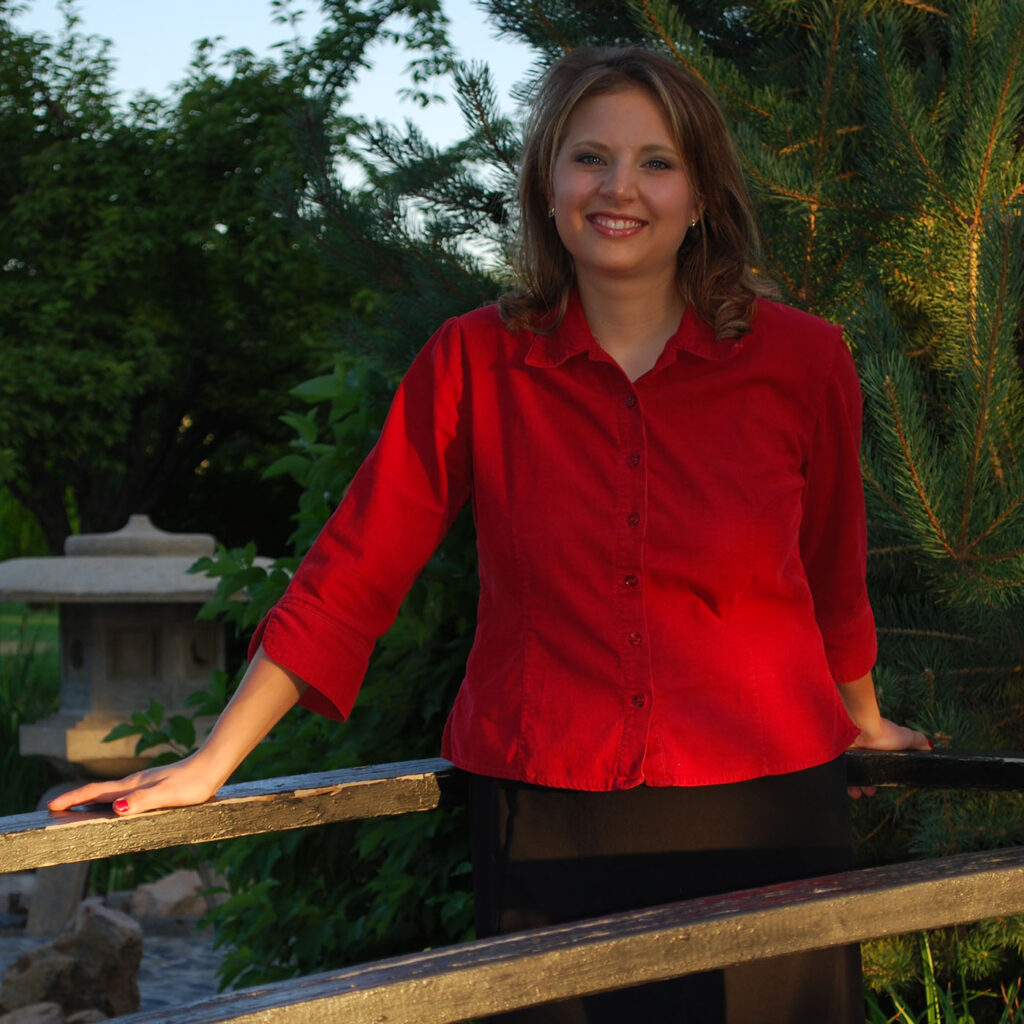
Susan’s own words were captured among all that evidence, detailing the descent of her relationship with Josh into ever-deeper levels of domestic abuse. Susan’s narration of her own story, told piece-by-piece in every frustrated email and journal entry, offered unusual clarity about her life in the days, months and years that preceded her presumed murder.
Susan Powell’s experience was one of domestic abuse and coercive control. The story shared in Cold season 1 turned a spotlight on the controlling and narcissistic behaviors of Susan’s husband, as well as the pattern of generational grooming present in Josh Powell’s family.
In her own words: Joyce Yost
With season 2 of Cold, we turned to an older case: the 1985 disappearance of Joyce Yost. I came across an audio tape while researching Joyce’s case. It held a recording of her, telling the story of how she’d been raped by a man she didn’t know.
That man, Douglas Lovell, killed Joyce in order to silence her. Lovell intended to hide what he’d done by preventing Joyce from testifying at trial. It didn’t work. Joyce Yost had spoken her truth. Her words were powerful and honest. Even when read by a proxy, Joyce’s voice came through.
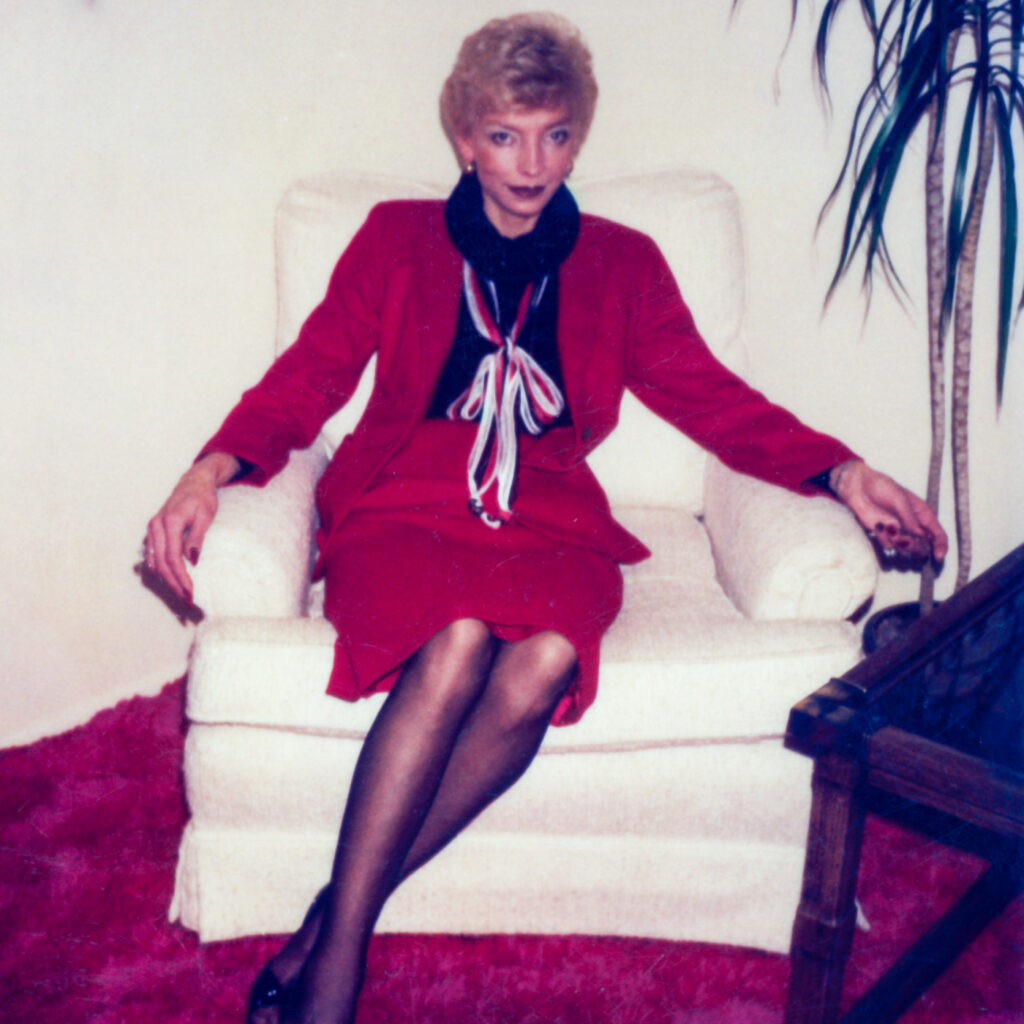
Joyce asked an officer just hours after being assaulted “how safe am I?” In sharing that audio recording, I hoped to illustrate how too often the unspoken response to that question is “not enough.” Because a series of oversights and errors left Joyce exposed to unnecessary risk.
Taboos around discussion of sexual violence and victim-blaming attitudes can drive survivors into the shadows, making them more vulnerable to fatal violence.
Searching for Sheree Warren photos
Cold has served as a megaphone, amplifying the voices Susan Powell and Joyce Yost.
I’d hoped it might do the same for Sheree Warren, when I turned to her unsolved disappearance for Cold season 3. Sheree experienced an unhappy marriage to her husband, Charles Warren. She shared a brief fling with a boyfriend, Cary Hartmann, prior to her disappearance.
What had she thought or felt about these relationships? How had each man treated Sheree in private? If I could find a clip of her voice on an old cassette tape, or uncover a dusty journal in the hands of a sibling, perhaps I could give voice to her experience.
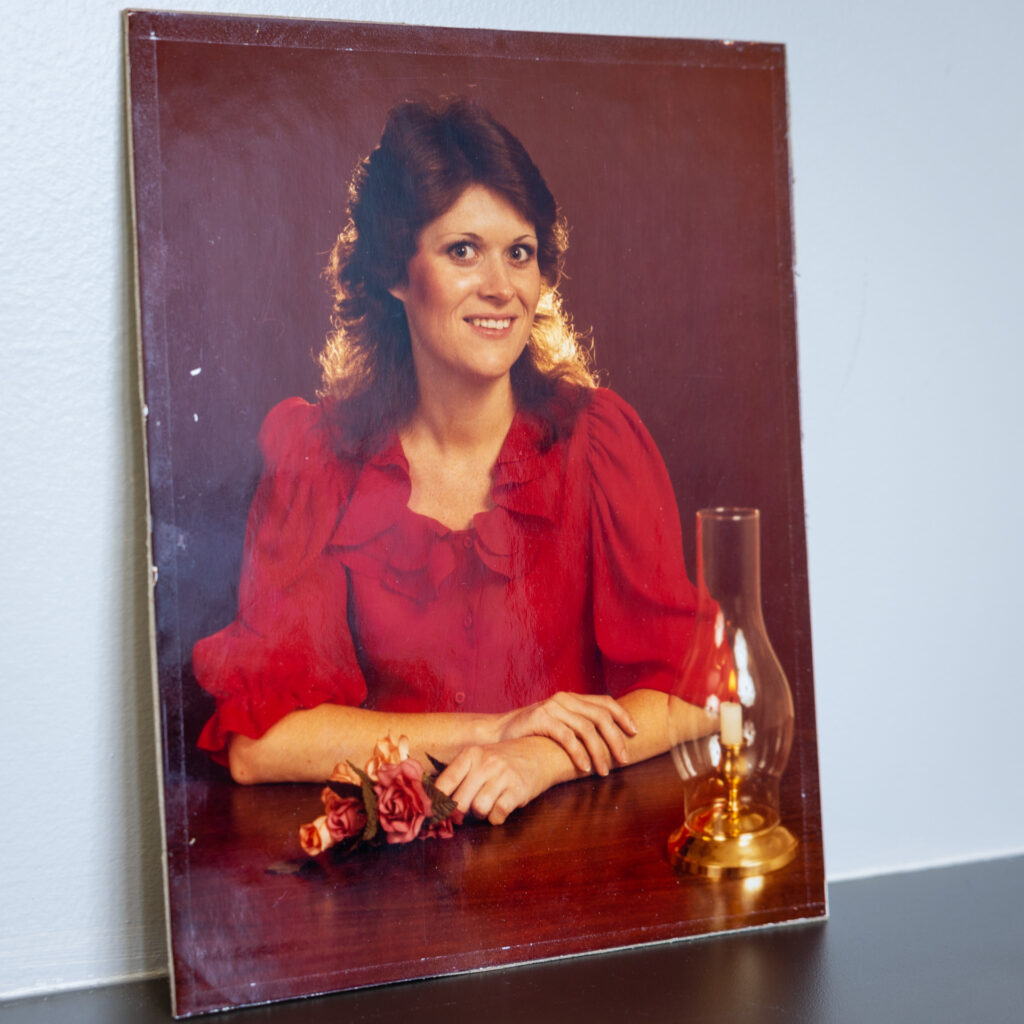
For months, I reached out to anyone who might’ve known Sheree. Her older brother told me their parents hadn’t owned a home movie camera. He wasn’t aware of any journals.
Even Sheree Warren photos proved rare. A sister suggested maybe their mother, Mary Sorensen, had kept some pictures, but Mary passed away several years prior. It wasn’t clear where her albums had ended up.
No one seemed to have kept any old letters in Sheree’s handwriting. Anecdotes about her were offered infrequently, if at all.
How could I tell the story of what happened to Sheree Warren, if I knew hardly anything about her?
Meeting Sheree Warren’s relatives
A cousin of Sheree’s, after some gentle prodding, invited me to come and review a collection of Sheree Warren photos among Polaroids and scrapbook pages. That’s how we ended up together, along with some of Sheree’s other relatives, in the unfinished kitchen of that suburban home in the fall of 2022.
I placed the photos on the flatbed scanner, one by one. The technical aspects of the task consumed my attention: pixels-per-inch and bit depths, file paths and metadata. Once everything looked correct, I’d click the button to start the scan. The scanner would light up and, with a robotic whir, begin making a digital copy of the selected photograph.
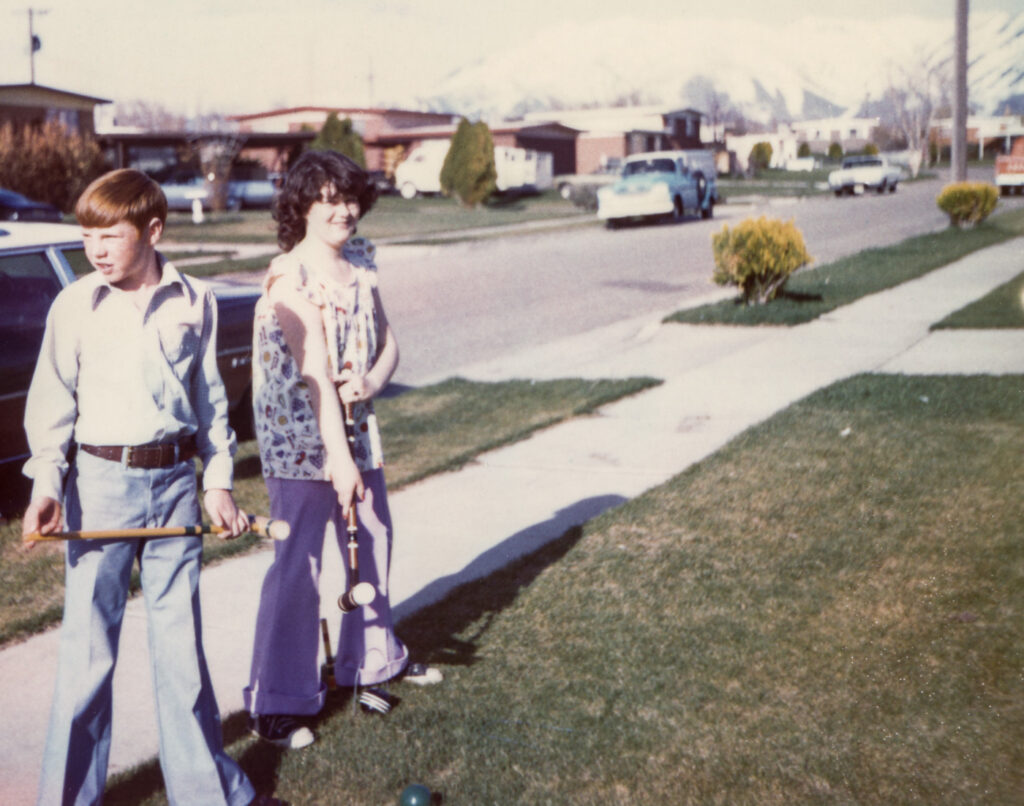
The process took time. As the scanner worked, we talked. Sheree’s relatives asked most of the questions. How did you get into investigating cold cases? (Kind of by accident, with the Susan Powell case.) Have you talked to Sheree’s ex-husband? (Not yet, not sure I can, he has dementia.) Is it true Cary Hartmann is out of prison? (Yes, he was paroled in March of 2020, I went and talked to him.)
They shared memories about Sheree’s early life. She’d worked at the Burger Bar in Roy before getting the job at the credit union. Or wait, maybe it was that other burger place half a block away, Warren’s. They wondered what she’d ever seen in Charles Warren, the stocky rail yard worker she’d married just after her 21st birthday.
After Sheree disappeared, they said, Cary Hartmann had showed up at a family prayer meeting, conspicuous and out of place.

I shared tidbits from the case files I’d obtained, insights from old investigators I’d interviewed, inconsistencies in the statements of both Charles Warren and Cary Hartmann.
A root question seemed to underlie it all: what do you think happened to Sheree?
Sheree Warren photos
It wasn’t until I’d completed the scans and returned home that I was able to look at the photos in any detail. Most dated back to Sheree’s early childhood, in the 1960s. There were tender studio shots of Sheree and her older brother, as well as Christmas candids where Sheree was surrounded by relatives.
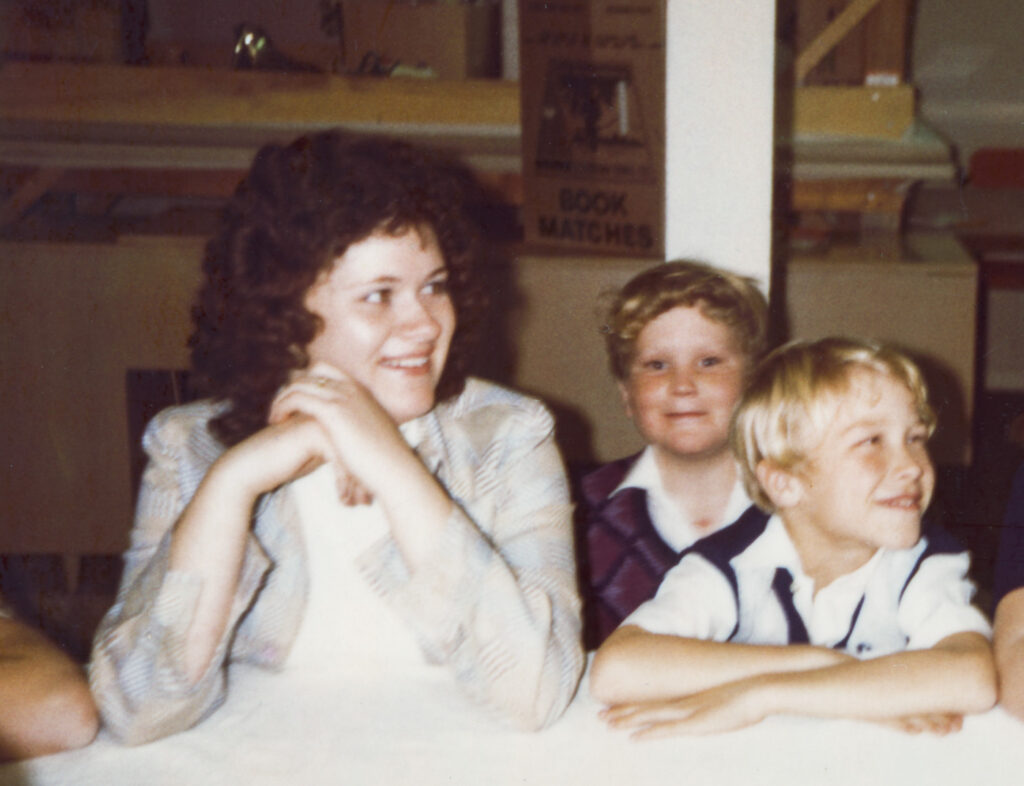
One of the Sheree Warren photos among the collection stood out to my eyes. It showed a young Sheree Sorensen, from around 1970, when she was about 10 years old.
The picture pre-dated Sheree’s disappearance by 15 years. It held no value as evidence in her case. And yet, something about Sheree’s expression struck me. Her eyes, open wide, were fixed straight ahead. Her closed-mouth smile was restrained, with none of the “cheese” hamminess often captured in children’s portraiture.
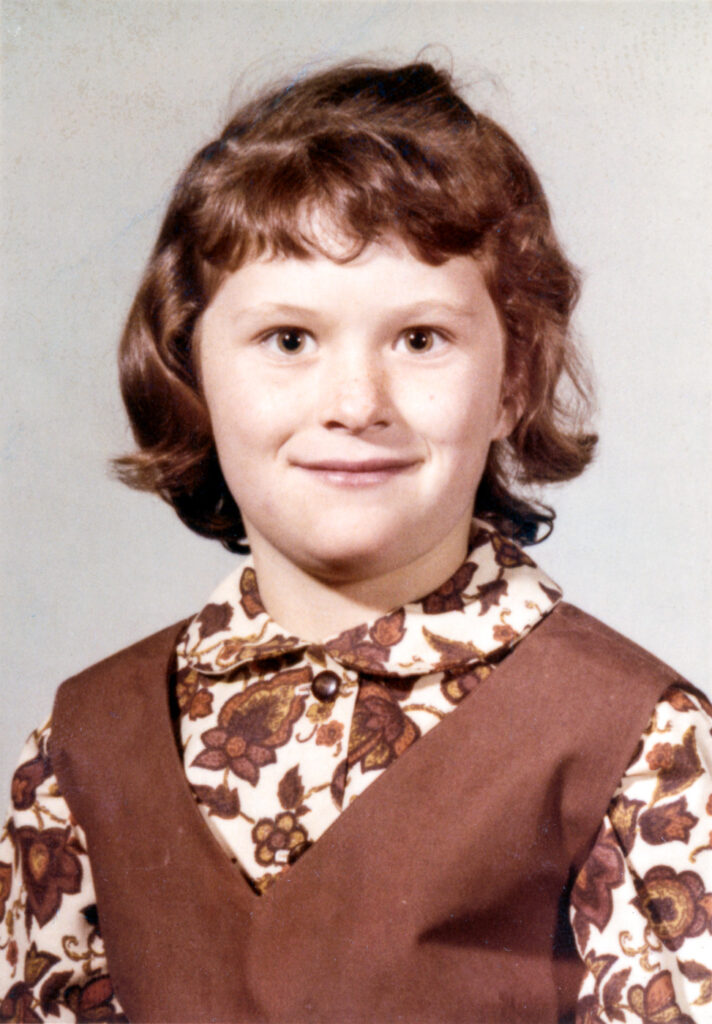
Sheree grew up as the daughter of hard-working parents. She performed well academically, often appearing on lists of honors roll students. One of her cousins told me Sheree wasn’t exactly a scholar, but she had a way with people. Sheree had an aptitude for management. Had she lived, she might’ve advanced far in her career. Her life held boundless potential.
In that childhood photo, Sheree seemed to stare straight ahead into that future. What hopes and aspirations did she hold as she moved into early adulthood? We will never know, because someone stole that future from Sheree on the night of October 2, 1985.
The last man standing
As I write this in April of 2023, Charles “Chuck” Warren has been dead for about six months. Sheree’s ex-husband’s final years were marred by a descent into dementia. I’d learned of his illness while preparing to reach out in the hopes of securing an interview.
Chuck’s illness meant I was never able to speak with him myself. His death left lingering uncertainty about his actions and whereabouts on the night of Sheree’s disappearance. Some investigators, I knew, still considered Chuck the prime suspect. They couldn’t shake the stories from Chuck’s past, how he’d once attacked his first wife with a tire iron and left her for dead.
Others viewed Cary Hartmann as a more likely suspect. Cary, they told me, failed a polygraph examination about Sheree’s disappearance after his release from prison in March of 2020. The Weber County Attorney’s Office had even taken the extreme step of offering Cary immunity from criminal charges, if he would only lead police to Sheree’s remains.
Cary, I was told, had taken a few days to consider that offer before rejecting it. When I attempted to speak to Cary myself, he cut me off and referred questions to his lawyer. That lawyer did not respond to a phone message or email seeking comment.
So this is the state of the Sheree Warren case: two plausible persons of interest, one silenced by disease and then death, the other silent by choice.
The truth of Sheree Warren’s disappearance
Sheree Sorensen Warren should be alive today. She should exist to her family, most of all her son, as more than a few photographs and the subject of a true-crime podcast.
I wish sharing the story of the search for Sheree in Cold hadn’t been necessary. I wish I’d had an opportunity to meet Sheree, to talk to her, to learn from her. Her silence hangs over Cold season 3. It rings in my ears.
Sheree can no longer speak for herself. She can’t tell us the story of her life. But it’s my sincere hope sharing the story of what happened to her can lead to truth.
Abuse in relationships doesn’t always lead to murder, but there are stories like Sheree’s where everything escalates until there’s no coming back.
We have to do better than this. This is my truth.
Hear Dave Cawley’s theory of the Sheree Warren case in Cold season 3, episode 10: Last Man Standing
Episode credits
Research, writing and hosting: Dave Cawley
Audio production: Ben Kuebrich
Audio mixing: Ben Kuebrich
Cold main score composition: Michael Bahnmiller
Additional scoring: Allison Leyton-Brown
KSL executive producer: Sheryl Worsley
Workhouse Media executive producers: Paul Anderson, Nick Panella, Andrew Greenwood
Amazon Music and Wondery team: Morgan Jones, Candace Manriquez Wrenn, Clare Chambers, Lizzie Bassett, Kale Bittner, Alison Ver Meulen
KSL companion story: https://ksltv.com/513813/new-development-suspect-in-missing-woman-case-recently-failed-a-polygraph-test/
Episode transcript: https://thecoldpodcast.com/season-3-transcript/last-man-standing-full-transcript/

